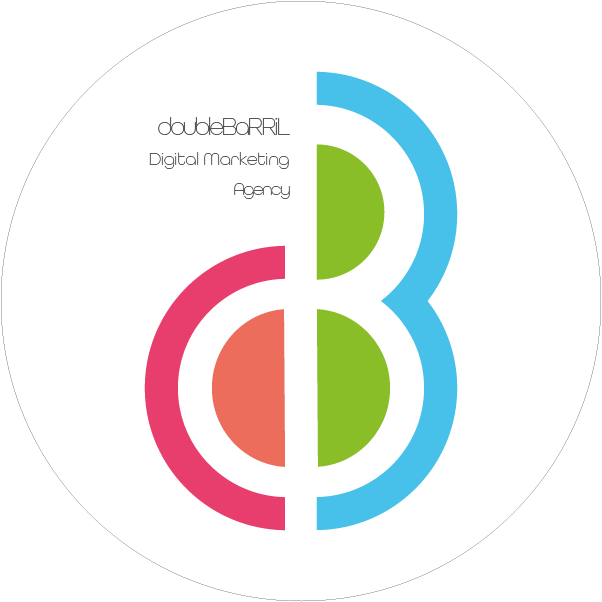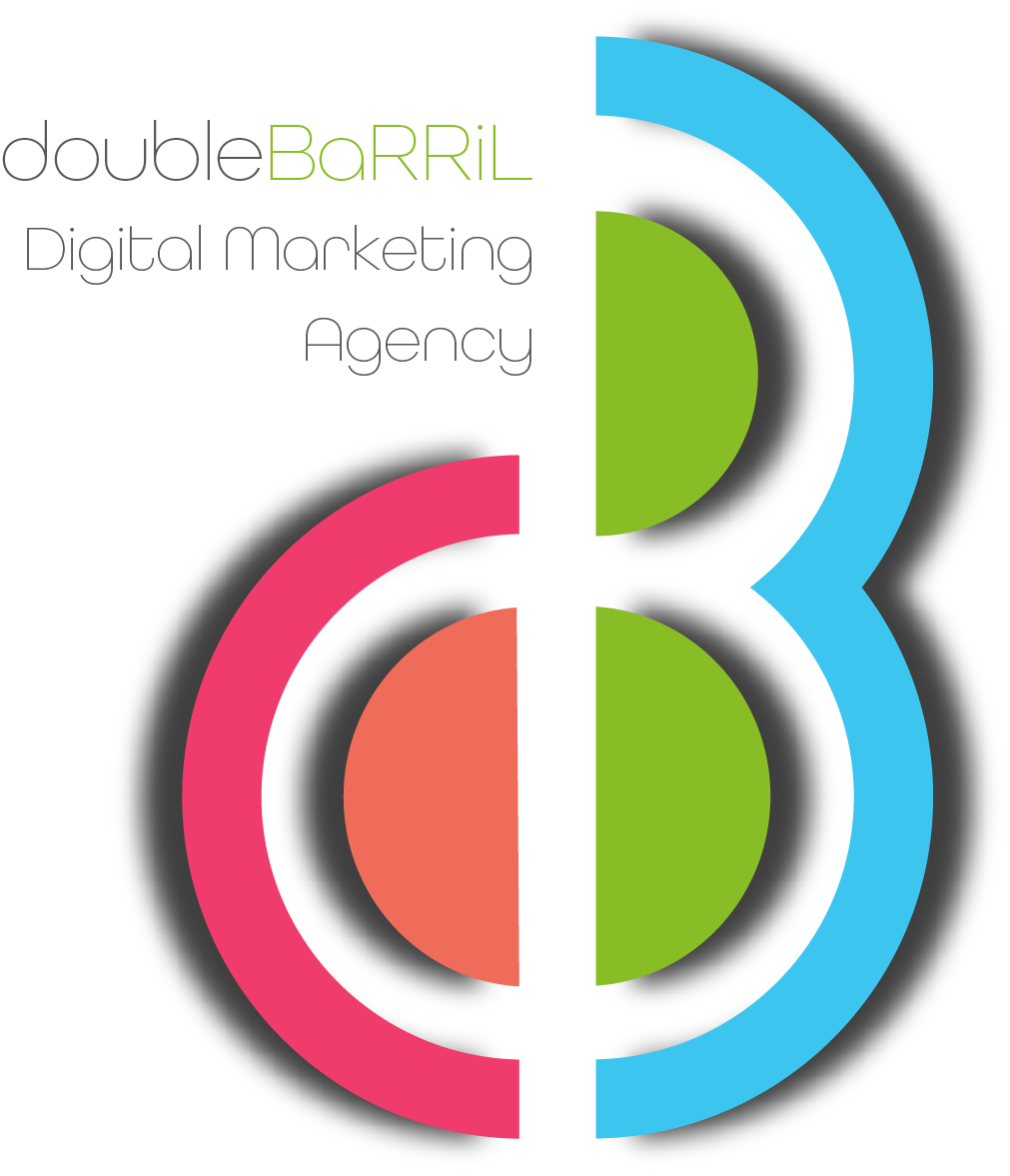Building your business online requires at least a basic understanding of SEO, but the basics are not as difficult as they seem. This article is going to cover what you need to know and understand to get started with SEO.
It’s important to note that nobody knows exactly what determines page rankings in search engines, as the companies that develop them don’t release this information to the public in order to avoid people taking advantage of their system. All things considered, these best practices will help set your website up for success and help give you the chance to be found by as many people as possible.
The Basics: Understanding Bert
It’s impossible to talk about SEO without talking about Google. They have the largest portion of the search engine market by far – 91% in 2020. This means that optimizing for Google’s search engine algorithm is absolutely critical, as it’s where the customers are.
As a matter of course, SEO practitioners base their work largely on Google’s most recent search algorithm changes, as the factors prioritized by Google’s algorithm will determine what content is showcased when users search for information. In 2019, Google announced BERT, its newest algorithm focused on using the company’s Machine Learning to better understand search queries at a deeper level.
What this means is that Google’s search algorithm now does much more than trying to match searches to keywords or keyphrases. BERT tries to understand the purpose behind a search and use that purpose to find the right webpage or information.
This is an important distinction to make at the beginning of our discussion, as it will help frame your thinking. SEO in 2020 isn’t about stuffing keywords or keyphrases. Instead, you need to consider a reader’s purpose and the customer journey. Try to get in the mind of your customer. What do they need, and how can your webpage provide that information?
Thinking in this way will do more than just improve your SEO page rankings. Focusing on your customer and putting yourself in their shoes will help improve the customer journey for people interacting with your business.
On-Page SEO: Setting up Your Website
Search engines rank your site using bots – a program scans your website and uses this information to inform your ranking. This means that your ranking is determined by how well your site can be parsed and understood by these robots. The factors that search engines take into account make up the on-page portion of your search engine ranking.
There are many factors that determine your on-page SEO. Here’s a quick overview of what to consider:
- Website Navigation: Search engine bots look through sites just like a person would – they parse text and follow links. Make sure that your site navigation is clear and easy to use. Avoid dead and duplicate links, as this will negatively impact your ranking.
- Page Load Times: Research shows that readers are frustrated by slow-loading pages, and they’re likely to leave instead of waiting for a while. Google uses page load times as an indicator of on-page SEO. Optimize your site to make sure your pages load as quickly as possible.
- Titles and Headers: Make sure that your page’s content is as organized as possible. Headings should be organized by emphasis (don’t jump from H1 to H5, for example — make sure they nest in order of importance) and should help make content easier to read. Titles should be clear, easy to understand, and encapsulate the meaning of the page’s content.
On-page SEO could be a post in and of itself – but use these tips as a starting point as you look to improve your website’s SEO. Overall, your site should be clear and easy to understand and navigate. Pages should link to each other in a way that makes sense. The easier it is for a person to understand and use, the better your on-page SEO ranking will be.
Keyword Strategy: Building Great Content
The next factor in on-page SEO is the content of your website. Earlier we mentioned that keyword stuffing is a no-go, and that’s true, but this doesn’t mean keywords aren’t important. In 2020, it’s all about how you use them.
The first step is finding the right keywords — conduct keyword research to find what your customers are using to search for information about your products and your industry. Don’t stuff your pages with keywords, but use them as a starting off point to develop your content.
Next, you need to incorporate these keywords and keyphrases into your content — but they have to be used in a natural and easy reading way. Place keywords in important places like headings, titles, the URL, meta description, and at the beginning of paragraphs. Again, focus on the reader and make sure that your keyword is integrated in a seamless way — don’t overplay it.
Nobody wants to read keyword-rich content, as it’s unnatural and awkward reading. Just focus on creating focused, great content that your customers would want to read. Think about a searcher’s intent, and use keywords as a starting point. Keywords should direct what your content says, and your content shouldn’t be a vehicle to deliver keywords to your audience.
Off-Page SEO: Building Authority
Google goes beyond examining the content on your website — they also want to know if your site is an authority in your field. This is referred to as “Off-Page SEO” – all of the things that you and others do away from your website that determines how it is ranked. There are a lot of factors that go into your off-page SEO, but one of the most basic is link building, or having other sites linking to yours.
Backlinks: Building Site Authority
Going beyond relevance, part of your site’s ranking is driven by site authority — how search engines determine if your site is a good source of information or not. One of the biggest ways they find this is through backlinks, or links from other sites that point to yours. The thinking here is that if your site is an authority in your field, others will see it as valuable and link to it.
Having a strong backlink strategy is paramount when working on your SEO strategy. It’s much more complex than having lots of websites linking to yours, Google also considers the authority of these sites and how quickly your site gained these links. If your site gained links too quickly, Google will see this as spam and potentially de-index your site from search results.
In Utopia, your content is so great that you don’t have to focus on building links to your site. Everything you produce generates so much value that other site owners link to it without you having to lift a finger. Ultimately, this is the goal – make sure your site is incredibly well-organized, easy to read, interesting, and true authority in your field. Optimizing your site with valuable content will help your backlinks grow organically.
Side Note: Black Hat vs White Hat SEO
As you do your research on SEO, you’ll probably come across pages discussing “White Hat” SEO and “Black Hat” SEO – you’ll want to know the difference.
White Hat SEO refers to SEO professionals that follow Google’s Webmaster Guidelines in order to build sustainable, long term SEO growth. White Hat practices are intended on building sustainable growth, even if it takes a long time.
Black Hat SEO practitioners use contentious tactics to gain fast results, even if it’s dangerous. They use special tools that generate short-term success, at least until Google catches them and bans the site.
Avoid anyone encouraging Black Hat SEO tactics with a 20 foot bargepole – while the promise of quick results might seem welcoming, you will run the risk of getting your site banned by Google. Obviously, this will all but eliminate the chances of new customers finding your site. Sustainable, ethical SEO practices are best for your business in the long term. Adopt and wear the white hat.
The Most Important Takeaway
If you only take away one thing from this article, make it this: as search engine algorithms become more complex, SEO will become more about creating amazing content that takes your target audience into consideration.
Your website needs to be fast, easy to use, and provide your visitors with exactly what they are looking for, in the easiest way possible. Make sure your content is natural, readable, and delightful. Make sure your content is exactly what your customers need.
That may sound like a difficult challenge, and that’s because it can be. However, taking the time to build and implement a powerfull SEO strategy will set your business up for longstanding success.
Grow Your Business With our Support and Assistance
doubleBaRRiL is a web design agency focused on results. Grow your sales in the next 90 days with avant-garde design & marketing strategies custom-built to meet your business needs.








